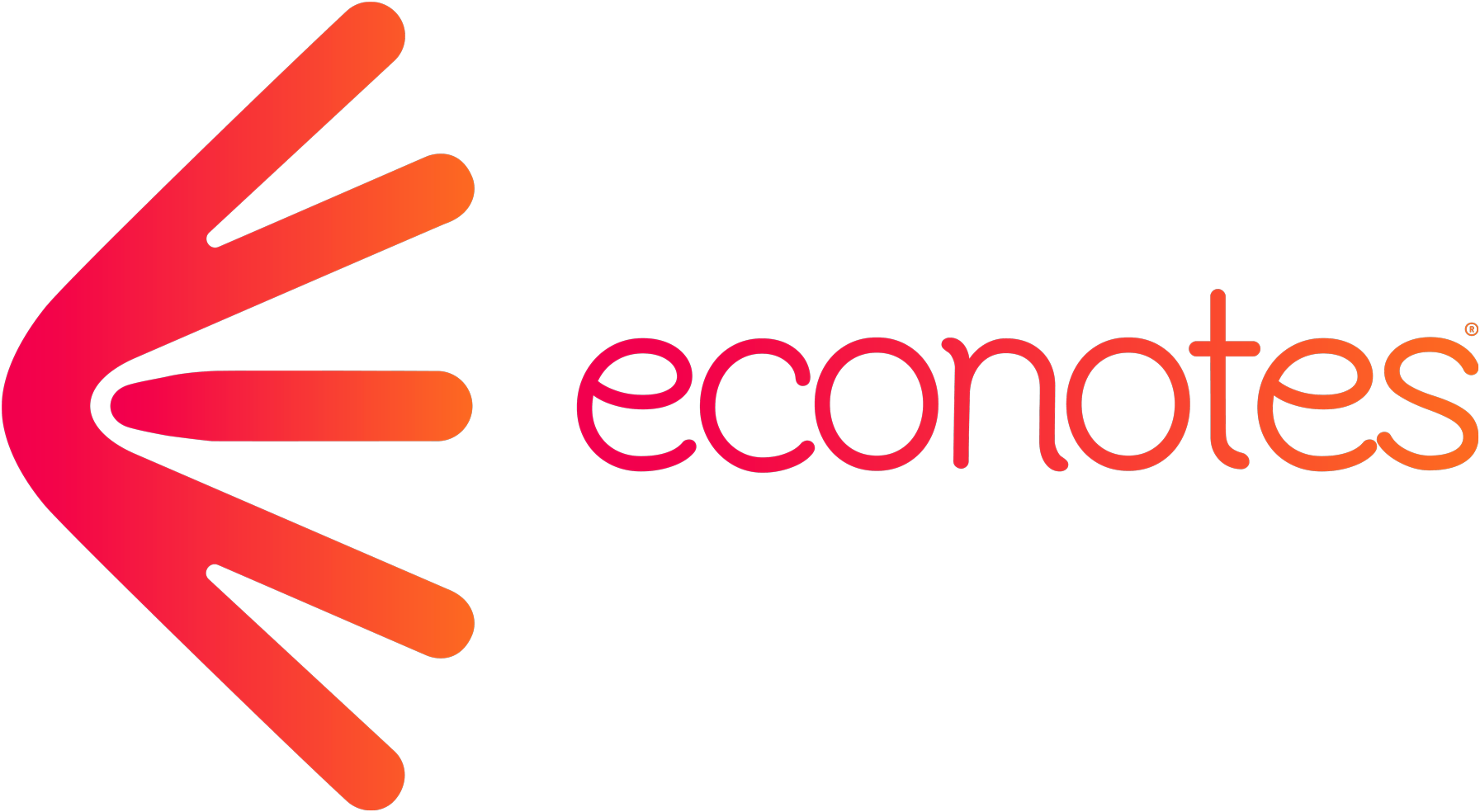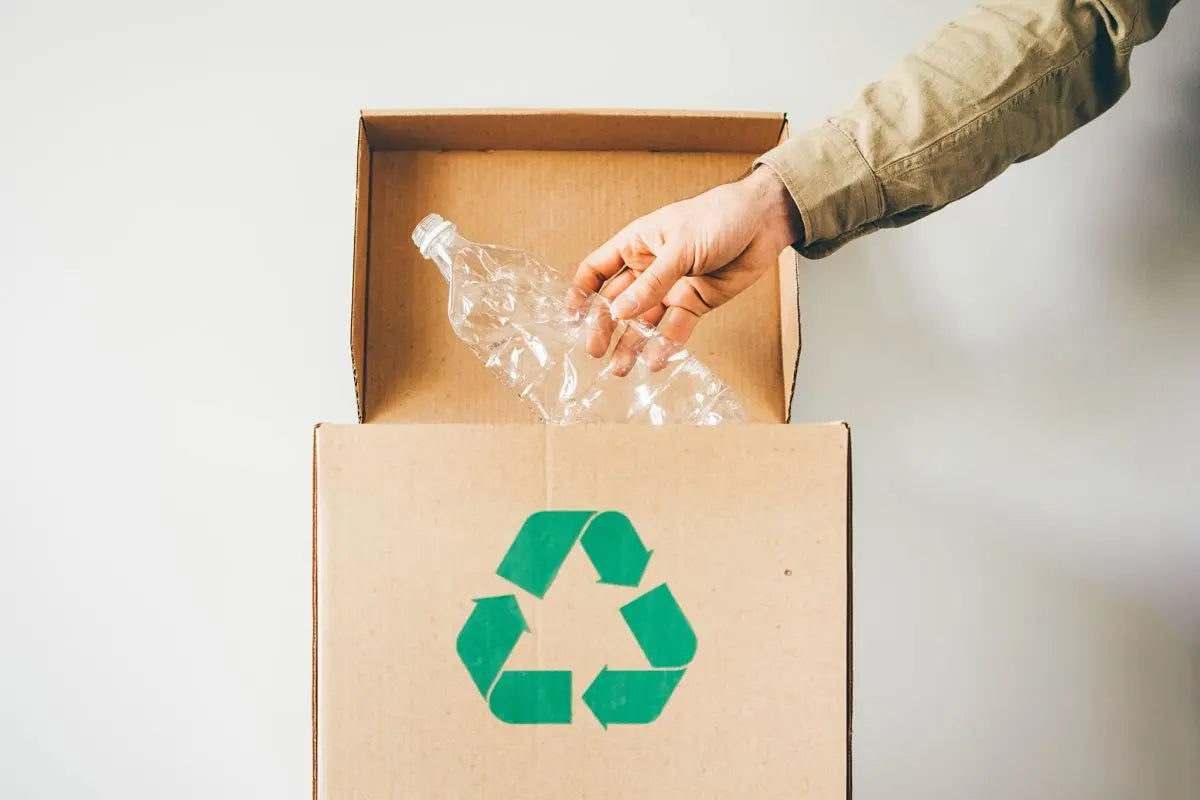Paper is mainly made from wood fibers, also called virgin fibers. This industrial process requires a large consumption of energy, water, but also a lot of chemicals. ⚗️
It is mainly made by transforming wood into pulp. The wood, made up of 50% cellulose fibers, is transformed into pulp after mechanical or chemical techniques.
This chemical paste is obtained by cooking the wood with sulfate, it makes it possible to obtain a material that is more resistant and adaptable to recycling.
As for mechanical treatment, it consists of flattening the wood into fibers in order to also obtain a paste, but of less good quality.
The impact of manufacturing on forests 🌴
Globally, 42% of wood is used to make paper and 17% of wood used is extracted from virgin forests. These are natural forests which have valuable biological wealth and which must be preserved .
Primary tropical forests like the Amazon are of great value for biodiversity . It has lost 17% of its surface area over the last fifty years.
In Europe, natural forests have gradually been replaced by secondary forests. Trees are planted, but with considerable use of fertilizers and pesticides and without any ecological diversity .
Although deforestation is not primarily caused by the paper industry, its impact is not negligible.
Discover econotes, the reusable notebook made in France!

A polluting activity 🥸
In addition to the problems of deforestation, pollution is a serious problem that the production of paper and its waste causes. Chlorine-based bleaches are used. These release toxic materials into the air, water and soil, making papermaking the third most polluting industry for these natural elements. Additionally, rotting paper emits methane, which is 25 times more toxic than CO2.
Production also requires a considerable amount of water for the extraction of wood fibers. This massive use of water therefore leads to drought, which is not without impact on the environment.
The paper industry is also a large consumer of energy. It should be noted that producing consumes more energy than printing. Due to this energy-intensive activity, this industry is the leading user of biomass. Its production process mainly consists of cooking liquors and barks.

The use of “recycled” ❗
Today, paper comes more and more from recycled material . It is composed of at least 50% recycled cellulose fibers which come from printed paper waste.
Its quality has long been questioned: too absorbent for the ink and very dusty, which favored printer jams. At present, much progress has been made, thus satisfying many organizations and administrations that use it.
However, the quality of the latter's fibers decreases during recycling operations . In fact, they end up damaged and it is necessary, after a certain time, to introduce virgin fibers into manufacturing in addition to recycled fibers.
Despite everything, it is an alternative that remains advantageous by emitting less CO2 than non-recyclable products. The reason for this is that the recyclable version uses renewable energy to produce virgin fibers.
On the other hand, recycled paper relies on thermal or electrical power plants while non-recycled paper uses black liquor, a residue from the wood pulp manufacturing process and which emits less carbon.
And digital? 🤖
Despite the many advantages it presents: rapid consultation of documents, ease of sending, unlimited access to information, it remains no less polluting for the environment . Indeed, downloading, storing or sending a document are actions that consume a lot of energy. In addition, media such as computers, tablets, laptops have a significant impact on the environment in their production and use process.
Reusable stationery ♻️
In recent years, reusable notebooks and stationery have also appeared on the market. Most of them are made of stone paper, but there are alternatives made of synthetic material as well. These notebooks can be filled in and erased later, which saves considerable paper .
Proper research before making a purchase is recommended because one alternative may be better than another. Of course, it all depends on what exactly you're looking for. In some cases, writing on rewritable paper feels like the same feeling you get when writing on a mini whiteboard that has an ultra-smooth writing surface. In other cases, notebooks are difficult to recycle and are mostly produced in Thailand.
Reusable paper products are commonly much more expensive than regular paper to purchase. However, with a quality reusable product, the added cost often pays for itself.
Why is stationery so useful in everyday life? 🗓️
Stationery is a very useful tool, especially in the field of communication. Its consumption remains high despite considerable technological progress.
Indeed, it allows you to store data unlimitedly, it is the safest storage medium over time.
However, despite numerous advances in its manufacturing, with secondary forests, for example, the impact on the environment is still significant. Indeed, a secondary forest does not have the same properties as a natural forest , biodiversity is not preserved as it should, it is even polluting.
















